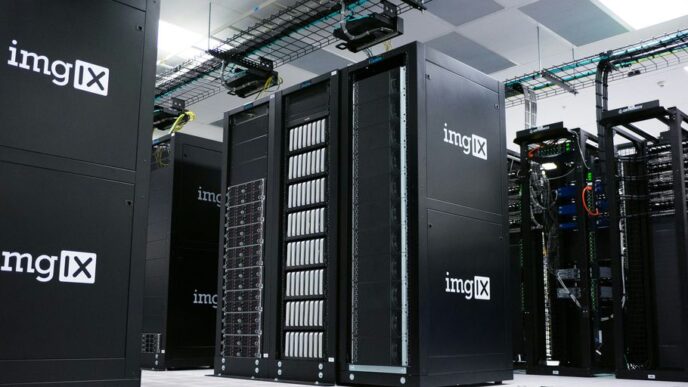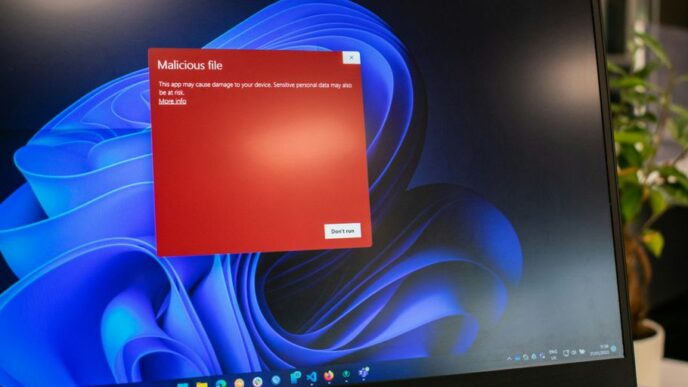Have you ever wondered what happens behind the scenes during a cyber-attack? How do hackers infiltrate systems, steal sensitive information, and wreak havoc without leaving a trace? In today’s interconnected world, it is more crucial than ever to understand the tactics employed by these digital adversaries. Join us as we embark on an enlightening journey through the hidden alleys of cyberspace, peeling back the layers of deception used by hackers and unraveling their secret techniques. Get ready for a captivating exploration into the inner workings of cyber-attacks, where we delve into the mysteries that lie behind this evolving threat landscape.
Introduction to Cyber Attacks
Cyber-attacks have become increasingly common, with hackers utilizing sophisticated tactics to target both businesses and individuals. In this section, we will introduce you to the fundamentals of cyber-attacks, including the most prevalent types of attacks and the tools and techniques employed by hackers.
Cyber-attacks can be broadly classified into two categories: offensive and defensive. Offensive cyber-attacks are launched with the intent to breach security systems and cause damage or disruption. Defensive cyber-attacks, on the other hand, are designed to detect and defend against incoming attacks.
One of the most common types of offensive cyber-attacks is a denial-of-service (DoS) attack, which overwhelms a system with requests, preventing legitimate users from accessing it. Hackers often employ botnets—networks of infected computers—to launch DoS attacks. Another prevalent type of attack is phishing, where hackers use fake emails or websites to deceive victims into disclosing sensitive information such as passwords or credit card details.
To execute these attacks, hackers typically utilize a variety of tools and techniques, including malware to infect victim computers, social engineering to trick victims into divulging sensitive information, and brute force methods involving password guessing or other login credentials until the correct ones are found.
By comprehending the basics of cyber-attacks, you can begin to protect yourself and your business from these threats.
Sources of Attack
Hackers have numerous methods for attacking computer systems or networks. Some of the most common methods include:
- Malware: Software specifically designed to damage or disrupt a computer system. Malware can be distributed through email attachments, websites, and even social media links.
- Denial of Service (DoS) attacks: These attacks typically involve overwhelming a website or server with requests in an attempt to cause it to crash.
- Phishing: A type of scam where hackers send emails that appear to be from legitimate sources, aiming to entice victims into clicking on malicious links or downloading malware.
- SQL injection: This attack occurs when hackers insert malicious code into a database through web-based input fields, providing them access to sensitive data stored in the database.
Types of Cyber Attacks
Hackers can carry out various types of cyber-attacks. The most common type is a denial of service (DoS) attack, where hackers prevent legitimate users from accessing a system or resource. This can be achieved by flooding the target with traffic until it becomes overwhelmed, or by seizing control of critical resources such as servers or routers.
Another prevalent type of attack is phishing, where hackers attempt to deceive users into revealing sensitive information like passwords or credit card details. Phishing emails often mimic legitimate sources, such as banks or online retailers, and can be highly convincing.
Hackers may also employ “man in the middle” attacks, intercepting communications between two parties and impersonating each one. This grants them access to any confidential information exchanged, such as login details or financial information.
Ransomware, a type of malware that encrypts files on a victim’s computer and demands a ransom for decryption, is another significant threat. Ransomware is often spread through phishing emails or malicious websites and can be challenging to remove without paying the ransom.

Techniques Used by Hackers
Hackers utilize a variety of techniques to carry out cyber-attacks. Some of the most common techniques include:
SQL injection: Injecting malicious code into a website’s database to extract data or disrupt operations.
Phishing: Engaging in social engineering by sending emails or messages that appear to originate from legitimate sources, aiming to trick victims into clicking on malicious links or providing personal information.
Distributed Denial of Service (DDoS): Flooding a server or network with requests to overload it and prevent it from functioning properly.
Keylogging: Using software to record all keystrokes on a keyboard, enabling the theft of passwords and other sensitive information.
Consequences of a Successful Attack
A successful cyber-attack can have various consequences for the targeted organization, including financial loss, reputational damage, and loss of customer data. In some cases, it can lead to the disruption of critical services or infrastructure.
Organizations that fall victim to a cyber-attack may experience a range of short- and long-term consequences. Financial loss is often an immediate consequence, with substantial costs incurred for remediation and recovery. Additionally, organizations may lose revenue due to downtime or operational disruptions.
Reputational damage is another common consequence of a successful cyber-attack. Attacked organizations may witness their reputation suffer, leading customers to take their business elsewhere due to security or privacy concerns. Moreover, news of a successful attack can provide competitors with a competitive advantage.
Loss of customer data is yet another potential consequence of a successful cyber-attack. Compromised customer data can result in identity theft and other issues for individuals. It can also damage the relationship between the organization and its customers, leading to further financial losses.
Strategies to Stay Safe Online
- Keep your computer and software up to date: Install security updates promptly to protect your system from known vulnerabilities.
- Use strong passwords: Utilize a unique password for each online account, ensuring they are strong by incorporating a mix of uppercase and lowercase letters, numbers, and symbols.
- Exercise caution when clicking: Refrain from clicking on links or attachments in emails or social media messages unless you are confident they are safe. When in doubt, err on the side of caution and avoid clicking.
- Be cautious with file downloads: Exercise caution when downloading files from unfamiliar or untrusted websites. Have antivirus software installed on your computer and scan any downloaded files before opening them.
- Avoid sharing personal information online: Be mindful of the personal information you disclose online, such as your full name, birthdate, home address, or financial details. Hackers can exploit this information for identity theft or fraud.
- Beware of phishing scams: Stay vigilant against phishing scams, which involve emails or websites impersonating legitimate businesses to deceive you into disclosing personal information or infecting your computer with malware. If you receive a suspicious email, refrain from responding or clicking any included links.
Conclusion
Cyber-attacks often involve complex processes that can be challenging to comprehend. By understanding the tactics hackers employ, such as phishing emails, malware attacks, and ransomware, we can better prepare ourselves to combat cybercrime. Familiarity with these techniques enables us to swiftly identify suspicious activities and take action before significant damage occurs. Taking a proactive approach with cyber security measures ensures the safety of our data from malicious actors.













